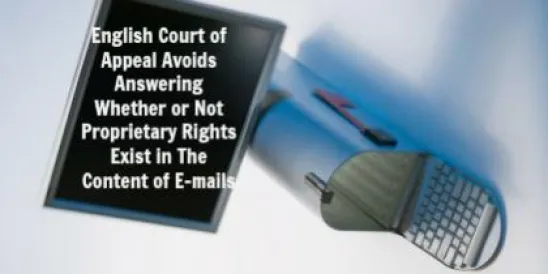In response to reported on-going confusion regarding how to satisfy the “verifiable parental consent” requirements in Children’s Online Privacy Protection Act (“COPPA”) 15 U.S.C. §6501 et. seq. (1998), and its implementing regulations, 12 CFR Part 312 (2000), the Federal Trade Commission (“FTC”) revised its guidance on enforcement of the same. According to the FTC, “The primary goal of COPPA is to place parents in control over what information is collected from their young children online. The Rule was designed to protect children under age 13 while accounting for the dynamic nature of the Internet.” The FTC provides interpretive guidance on COPPA and the regulations promulgated under it via Frequently Asked Questions (“FAQs”) on its business center website. FTC revised these FAQs on July 16, 2014.
The revised FAQs generally affirm the FTC’s longstanding position that its list of acceptable methods to obtain verifiable parental consent is not exhaustive. Instead, web-based and mobile application designers are free to use creative methods of verifying parental consent if such consent can be shown to be a “reasonable effort (taking into consideration available technology) . . . to ensure that a parent of a child receives notice of the operator’s personal information collection, use, and disclosure practices, and authorizes the collection, use, and disclosure, as applicable, of personal information and the subsequent use of that information before that information is collected from that child.” 15 U.S.C. § 6501(9).
So, what’s different under the new guidance?
When Parental Credit Card Data is and is not Sufficient under the Rule
The FTC confirmed and expounded upon its prior position that charging a parental credit card is sufficient to satisfy the rule—the parent will, at the very least, see the charge on their monthly statement and thus have notice of the child’s visit to the site. Merely gathering credit card information from a parent, without charging the card, is insufficient to satisfy the rule, however. That said, credit card information can be combined with other information—such as questions to which only parents would know the answer, or parent contact information—to meet the verifiable parental consent requirement.
Don’t Look at Us, Look at the App Store.
The FTC also clarified its guidance regarding parental consent for mobile applications given via an applications store. Much the same way a charge to a parental credit card is sufficient, so too can an application store account be used as a COPPA-compliant parental consent method. For example, if the application store provides the required noticed and consent verification prior to, or at the time of, the purchase of a mobile app marketed to children under 13, the mobile application developer can rely upon that consent.
Multiple Platform Consents
The application store can also multi-task when it comes to obtaining COPPA consents. Application stores can now create multiple platform COPPA consent mechanisms. This consent function can satisfy the COPPA consent requirements for multiple mobile application developers. And—enterprising start-ups pay attention—providing this software service solution for mobile application providers does not create liability for the third party application store or software company that builds the solution.
This flexibility for mobile developers is intended to open up space in the mobile application development market while still meeting the FTC’s goal of keeping parents in control of what their under 13 kids are viewing and disclosing on the Internet.



 />i
/>i

